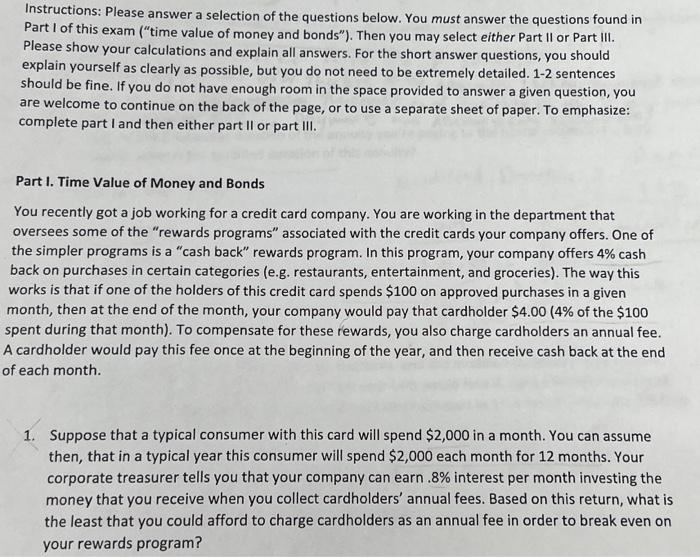Answered step by step
Verified Expert Solution
Question
1 Approved Answer
Using the approximation formula for bond returns, and the modified duration of this annuity, calculate the approximate profit or loss that your firm would face
Using the approximation formula for bond returns, and the modified duration of this annuity, calculate the approximate profit or loss that your firm would face if, right after issuing a credit card to the typical consumer, monthly interest rates increased to 1% a month, from the .8% they had been previously.


Step by Step Solution
There are 3 Steps involved in it
Step: 1

Get Instant Access to Expert-Tailored Solutions
See step-by-step solutions with expert insights and AI powered tools for academic success
Step: 2

Step: 3

Ace Your Homework with AI
Get the answers you need in no time with our AI-driven, step-by-step assistance
Get Started


